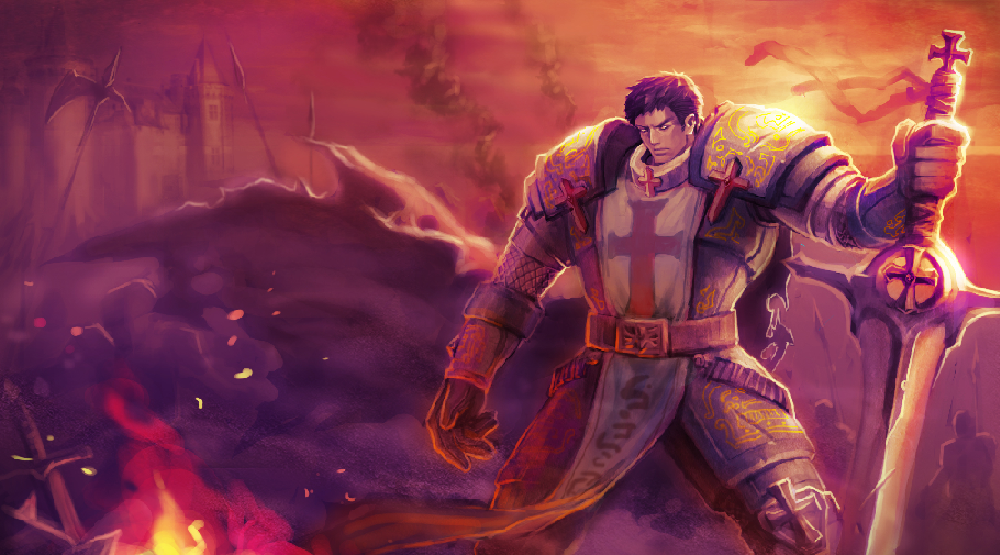Why You Aren’t Climbing In League Of Legends
Why You Aren’t Climbing In League Of Legends
League of Legends is a deceptively complex game for a variety of reasons, and because of this, there’s never going to be such a thing as a perfect player. Players with substantial ranked experience come with their own strengths and weaknesses, and for every person certain aspects of the game will come naturally while others are harder to grasp. When it comes to this, being able to properly identify the issue and putting the dedication to fix it will allow you to improve as a player. Consistent climbing requires a lot of self-discipline, dedication, and commitment to working on your weaknesses. Here we’re going to talk about what these weaknesses might be for you, and as a result, what you could be doing to work on them.
1. Tilting
If you’ve played ranked for even just a small amount of time, you probably understand the feeling you get when you lose a game you believed should have been a win, and for most of us, this emotion plays a large part into if we continue to play or take a break. There is no doubt that consistency is so extremely undervalued by most players. Smart players know when you’re tilted, and this gives them the easy opportunity to take advantage of your inconsistent gameplay that takes over when this happens. And when you decide to play inconsistently, you’re prone to entering loss streaks that aren’t even a reflection of your true skill. The answer is simple in theory, but hard in practice; you must prevent yourself from queueing after devastating losses. Take a step back and take the loss for what it is, and view any future games in the immediate future as an extension of that loss. One strategy that helps is to assume that if you queue again, you’ll just lose again. Taking a break in its simplest form doesn’t even necessarily mean that you have to step away from your computer (although, you can do that if you want to as well). In fact, a good way to take a mental break from the stress of playing soloq is by engaging yourself with another gamemode like ARAM or Teamfight Tactics. Because of their entirely different atmospheres, you aren’t going to be likely to carry over your tilt, and even if you lose, game times are shorter and generally less feelsbadman.
2. Champion Pool Size
One of the earlier mentioned reasons why League of Legends is such a complex game is that new champions are always being released in addition to the over 140 that currently exist. There are so many different play styles you can adopt in the game; it’s easy to see why players can struggle with having consistent gameplay when they want to play a variety of diverse champions. For the purposes of solo queue, however, we really want to be focusing on honing your skills to maximize your consistency and highlight your skills. Because of this, it’s recommended that you learn only about 2 or 3 champions to use as your primary champions in ranked play. For any secondary roles, you can pick up 1 or 2 more to cover when you get filled. By only playing a small pool of champions, your mind will be able to relax in understanding the kit that your champion has, and focus more on what matters more in soloq; the environment you’re in. If you spread yourself thin in playing every role/champion, you will find a lot of difficulty in winning consistently across all of your games since it’ll be impossible to understand the ins and outs of every single champion and role from the beginning.
3. Researching And Implementing
When you’ve finally learned a few champions and are extremely confident in knowing how to pilot their kits, it’ll now be your next focus to commit to doing research about things besides just your champion. Research can come in limited forms when you consume League related content such as streams or videos, but the difference between learning theories and applying them in game are too different for any of that knowledge to be practical for climbing. When you gain some new information about your champion and potential matchups, macromechanics, or even just new situational build paths, its most important that you not only understand why those methods are effective, but that you also work to implement them correctly when you play the game yourself. This includes a lot of trial and error; you’re going to run into games when you thought that, based on what a guide said, your matchup was easy, but in reality you got stomped on in lane. Being able to step back and think about why things went wrong, and come up with a different approach, is all about the learning process.
We hope that if some of these tips apply to you as a solo queue player, we’ll have given you a little bit of insight into how these areas of improvement can be worked upon. Best of luck on the rift!
Thank you to DOJO Digital, A Bristol Digital Marketing Agency, specializing in Bristol SEO and Content Marketing for providing this blog post and an insight on climbing.
